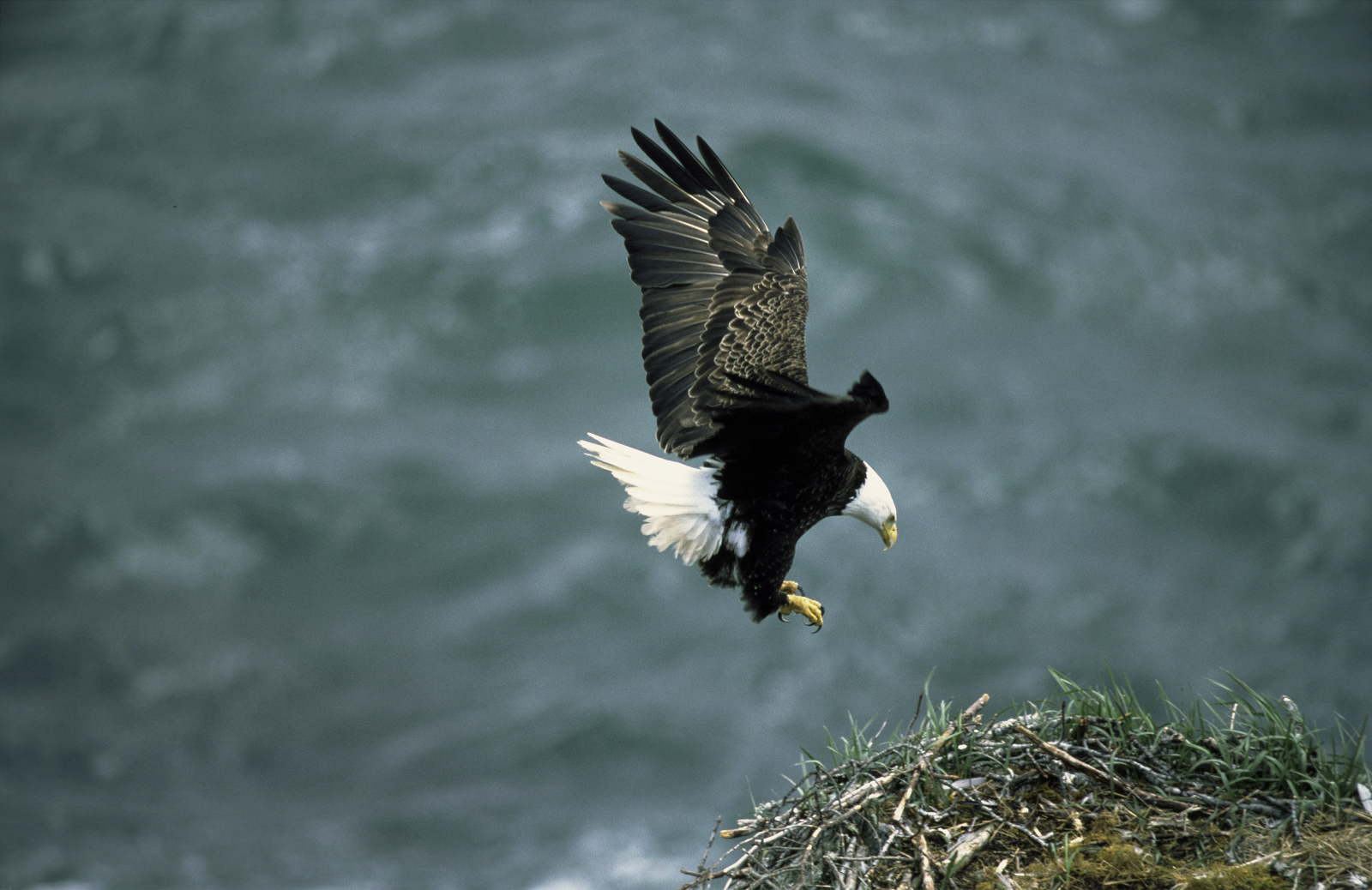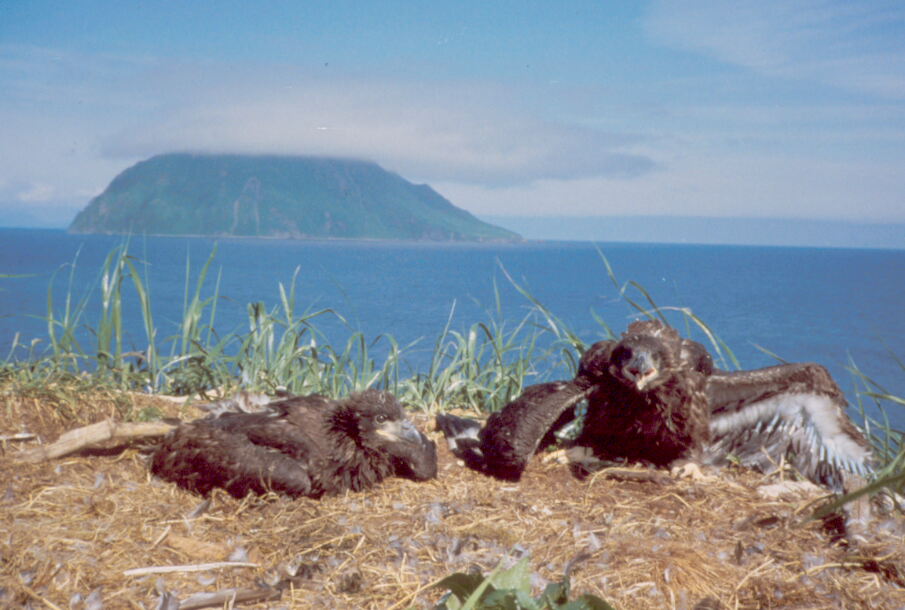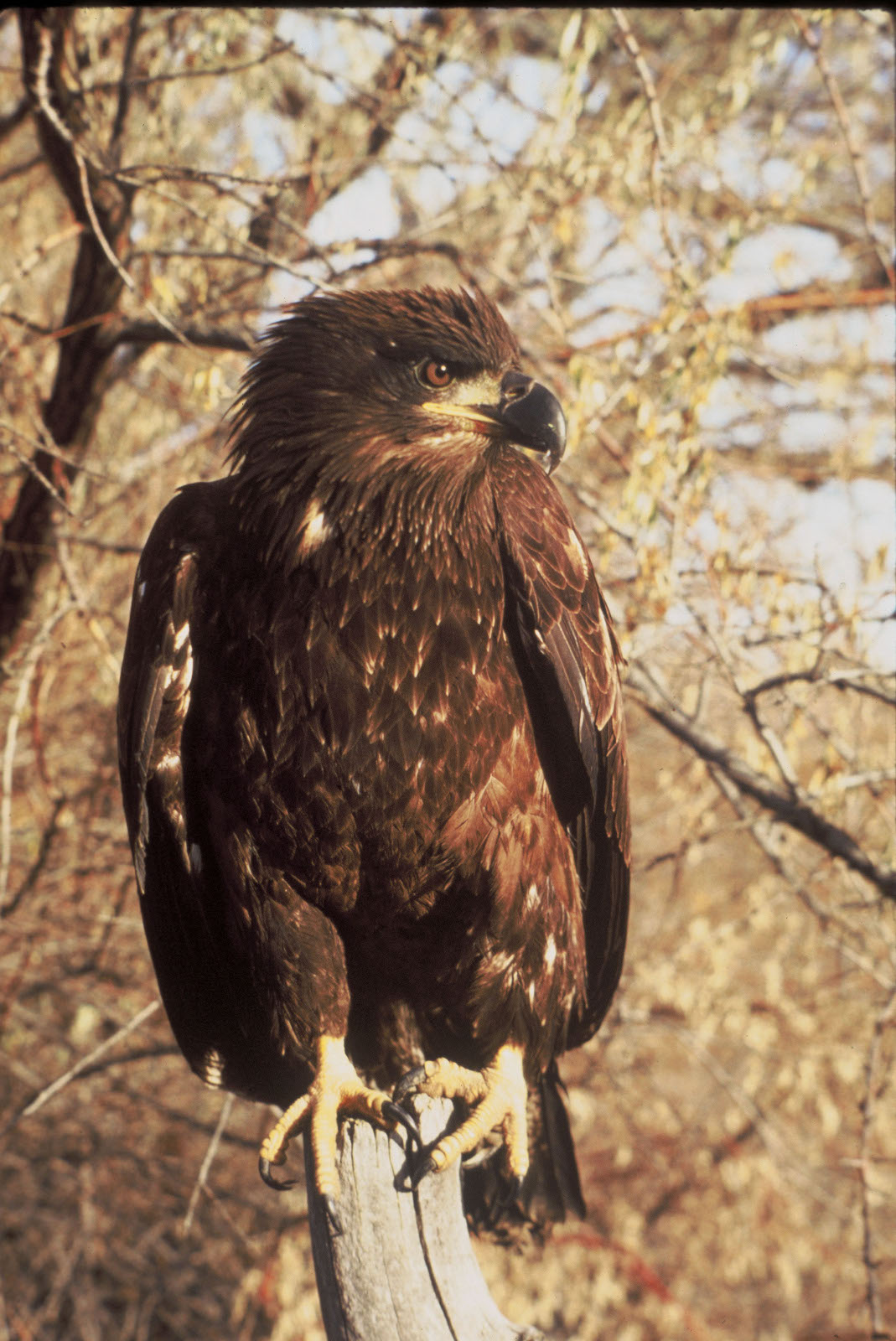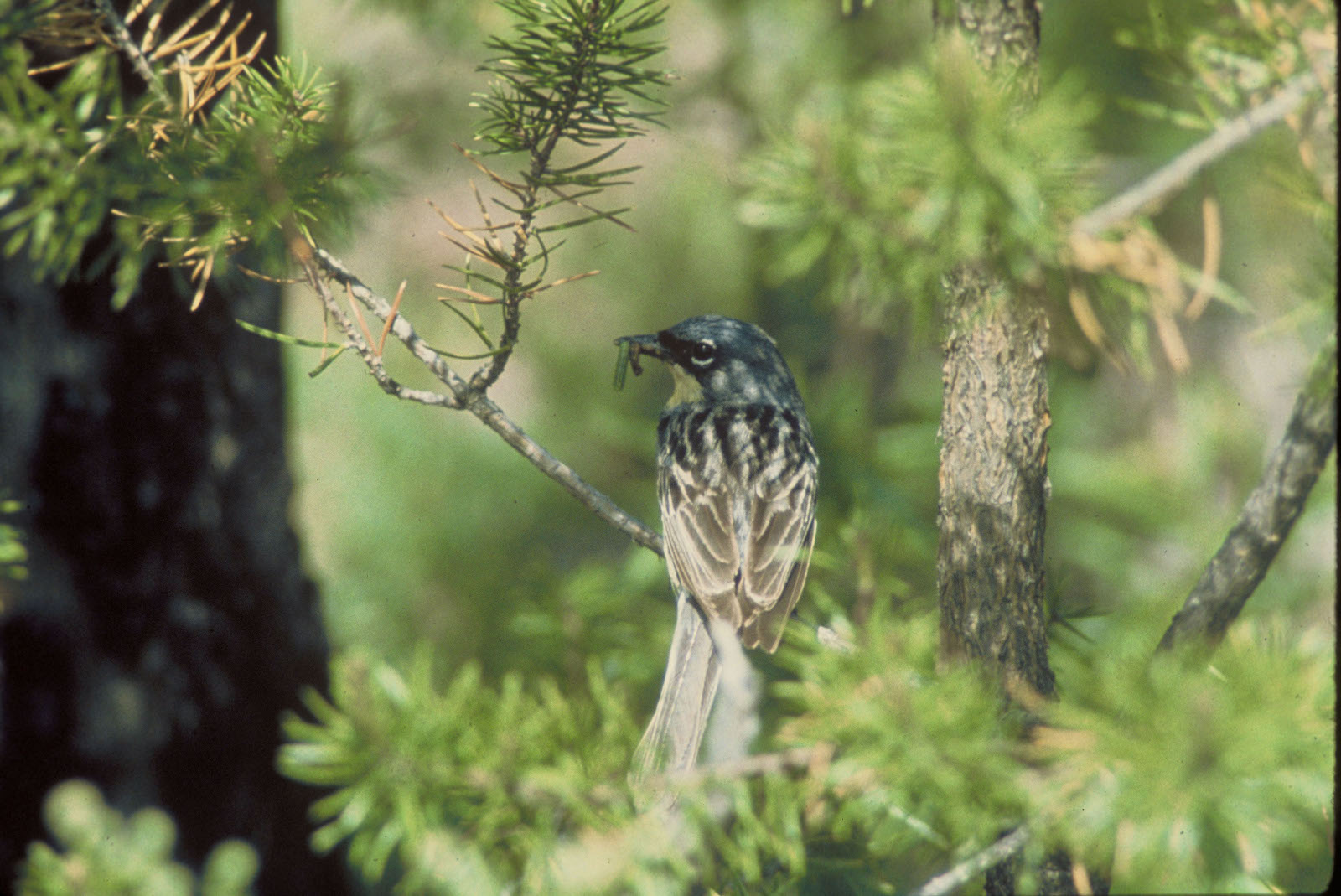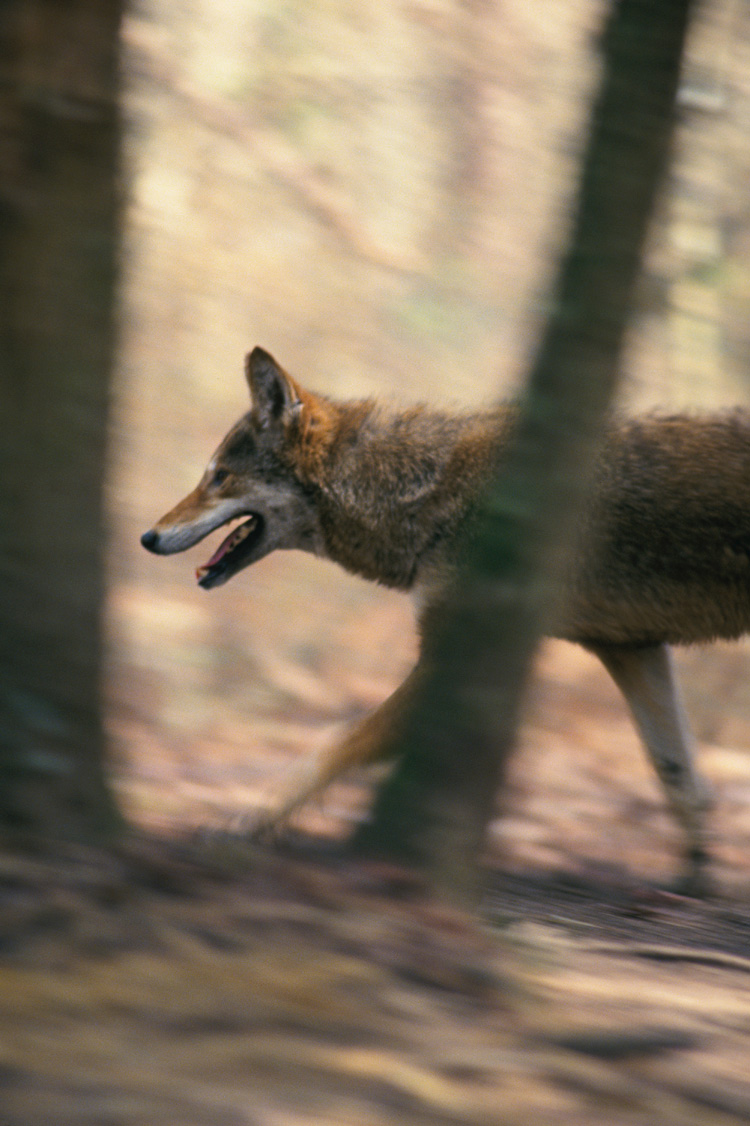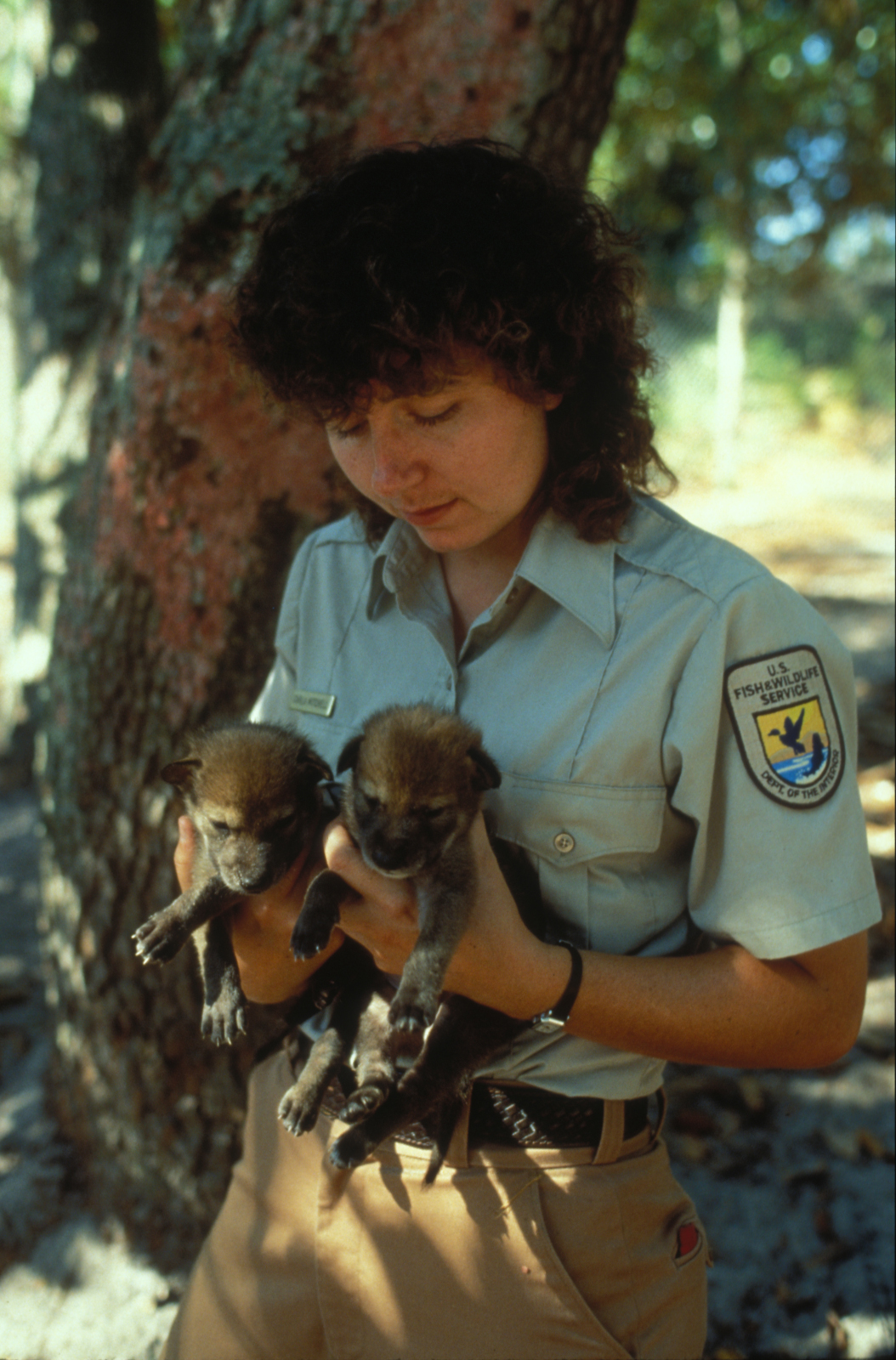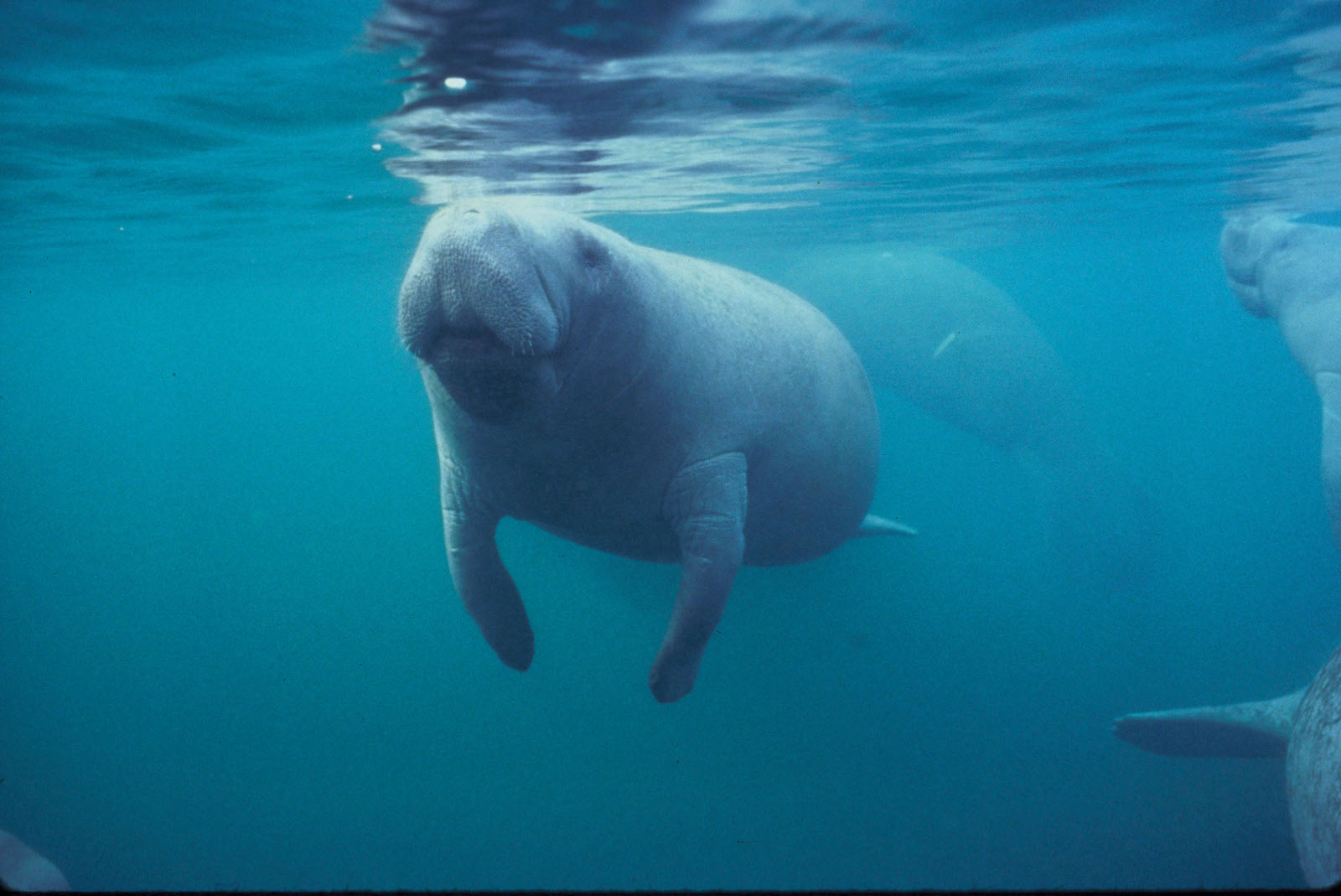Archives Experience Newsletter - December 19, 2023
On the Brink of Extinction
The National Archives is all about preservation—without stewarding the most important documents from our collective past, we risk missing important lessons, warnings, and inspiration for the future. But documents are just one type of preservation. At the turn of the 20th century, Americans realized that ecological preservation was vital to our future, kicking off a century’s worth of species and habitat preservation legislation. One of these laws, the Endangered Species Act, turns 50 this month. Without it, the brilliant wildlife photography in the National Archives would have been more documentation of a past long-gone…
The Endangered Species Act of 1973, “An Act to provide for the conservation of endangered and threatened species of fish, wildlife, and plants, and for other purposes,” became the law of the land when President Richard M. Nixon signed it on December 27, 1973. It succeeded a series of congressional acts that had attempted to protect fish and wildlife in the United States but had failed to save them from continuous declines in their populations.
The need for legislation to protect endangered species had been brought home to Congress by extinctions and near-extinctions of several species that had occurred in the late 19th and early 20th centuries. The passenger pigeon, once so populous that the flocks had blacked out the sun as they passed overhead in the 18th and 19th centuries, died out completely with the passing of the last survivor, Martha, at the Cincinnati Zoo in 1914. Hunted into extinction by hunters who sought out adults, fledglings, and eggs, the pigeon population plummeted from an estimated 136 million breeding pairs in 1871 to that single bird, who was 29 when she died.
The passenger pigeon was the victim of shocking ignorance—people argued constantly that the birds couldn’t possibly be in any danger because, obviously, so many of them were still around. However, the first major conservation legislation, the Lacey Act of 1900, was a direct result of the passenger pigeon’s plight.
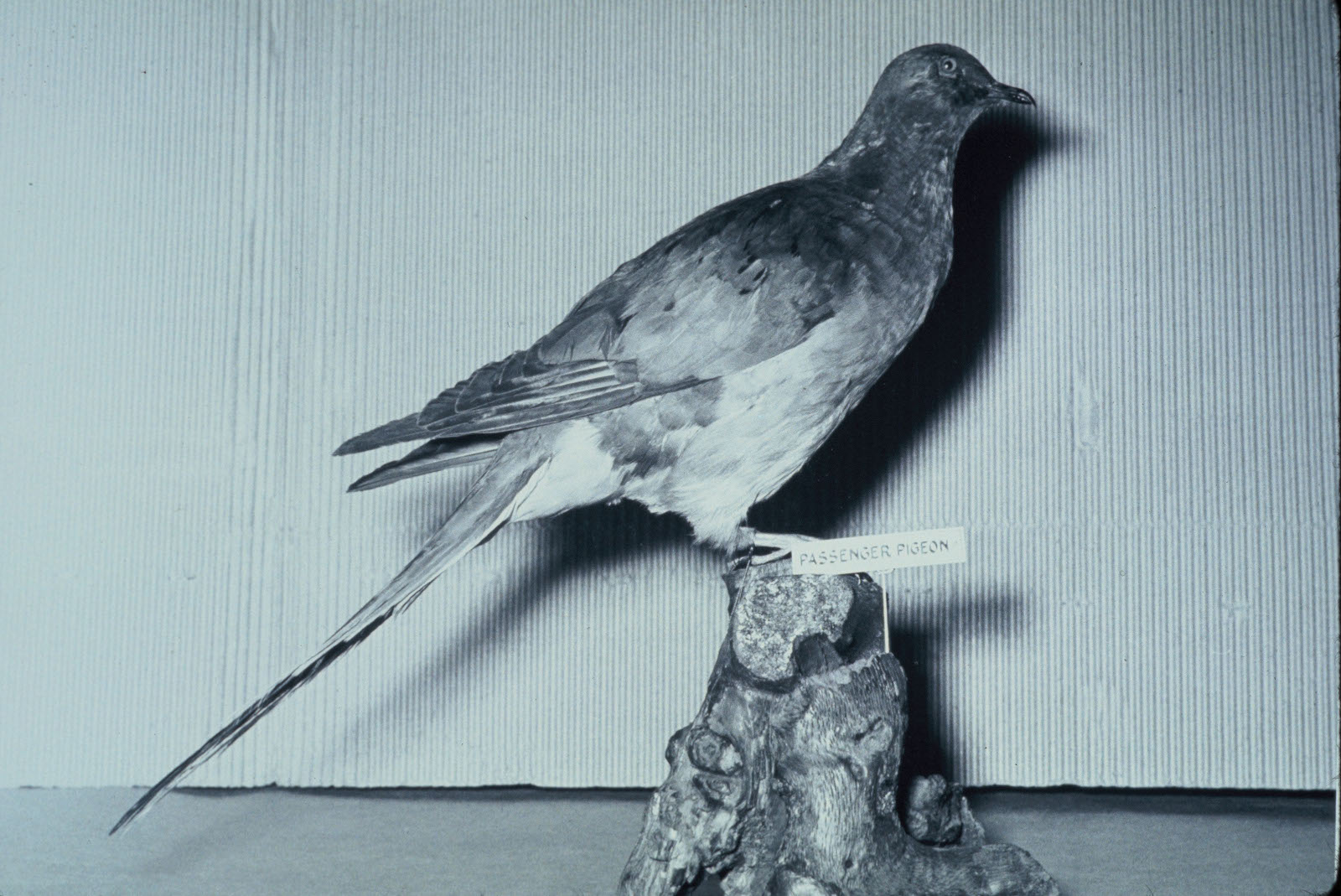
Taxidermied passenger pigeon
National Archives Identifier: 166693130
“The wild pigeon, formerly in flocks of millions, has entirely disappeared from the face of the earth,” said John F. Lacey, the representative from Iowa, on the House floor. “We have given an awful exhibition of slaughter and destruction, which may serve as a warning to all mankind. Let us now give an example of wise conservation of what remains of the gifts of nature.”
The Lacey Act outlaws trafficking in illegally harvested fish, wildlife, or plants. In 2008, the Farm Bill amended the Lacey Act by adding protections to importation of more plants and plant products. The Departments of Agriculture, Commerce, and Interior enforce the Lacey Act.
As recently as December 12 of this year, two men were indicted under the Lacey Act for allegedly killing 3,600 birds, including bald and golden eagles, on the Flathead Reservation in northern Montana and then selling them on the black market.
Prompted by the continued precipitous decline of populations of the bald eagle and other migratory birds, Congress passed the Migratory Bird Conservation Act of 1937, which established a Migratory Bird Conservation Commission to approve wetlands conservations projects and to approve acquisition of areas of land that the Secretary of the Interior has identified, and the Bald and Golden Eagle Protection Act of 1940, which prohibits anyone from “taking bald or golden eagles, including their parts (including feathers), nests, or eggs,” without a permit issued by the Secretary of the Interior.
Despite these protections, the population of the bald eagle continued to plunge from an estimated 100,000 birds in 1782 when the bird was adopted as the nation’s symbol to only 417 nesting pairs in 1963. Scientists identified the pesticide DDT as the culprit—it had entered the food chain, and eagles were ingesting it in the fish they consumed. The DDT in turn thinned the birds’ eggshells, resulting in fewer healthy hatchlings. In 1962, Rachel Carson published her ground-breaking book Silent Spring, an indictment of improper use of pesticides and a prediction of what the world could expect if current practices continued. In 1972, the EPA banned the use of DDT based on its detrimental effects on animal and human health.

DDT is sprayed on the National Mall, 1946
National Archives Identifier: 280956870
Dissatisfied with the limited success of previous conservation legislation, in 1966, Congress enacted the Endangered Species Preservation Act, which was largely motivated by the plight of the whooping crane, a native of Florida and Texas that migrated north in the summertime. A majestic bird that stands about five feet tall and has a wing span of seven feet, the cranes had declined from a population of more than 10,000 to about 15 birds in 1941, almost entirely because their wetlands habitats were being destroyed by development.
The Endangered Species Preservation Act of 1966 aimed to establish programs to restore some species of wildlife and fish that were in danger of extinction. It had some shortcomings, however—it only specified certain species, it did not protect habitats, and it did not outlaw the taking of endangered species. Thus, President Richard M. Nixon called upon Congress to pass legislation that would address all the shortcomings of previous conservation law. Congress presented him with a new law written by a team of experts on environmental issues, and Nixon signed it on December 27, 1973.

Richard Nixon signs the Endangered Species Act of 1973
Source: PBS.org
The U.S. Fish and Wildlife Service and the National Marine Fisheries Services co-administer the law. It includes several provisions that were new at the time, including establishing federal authority to determine whether a species is threatened or endangered and prohibiting the taking of a species. Since 1973, the act has been amended in 1978, 1982, 1988, and 2004.
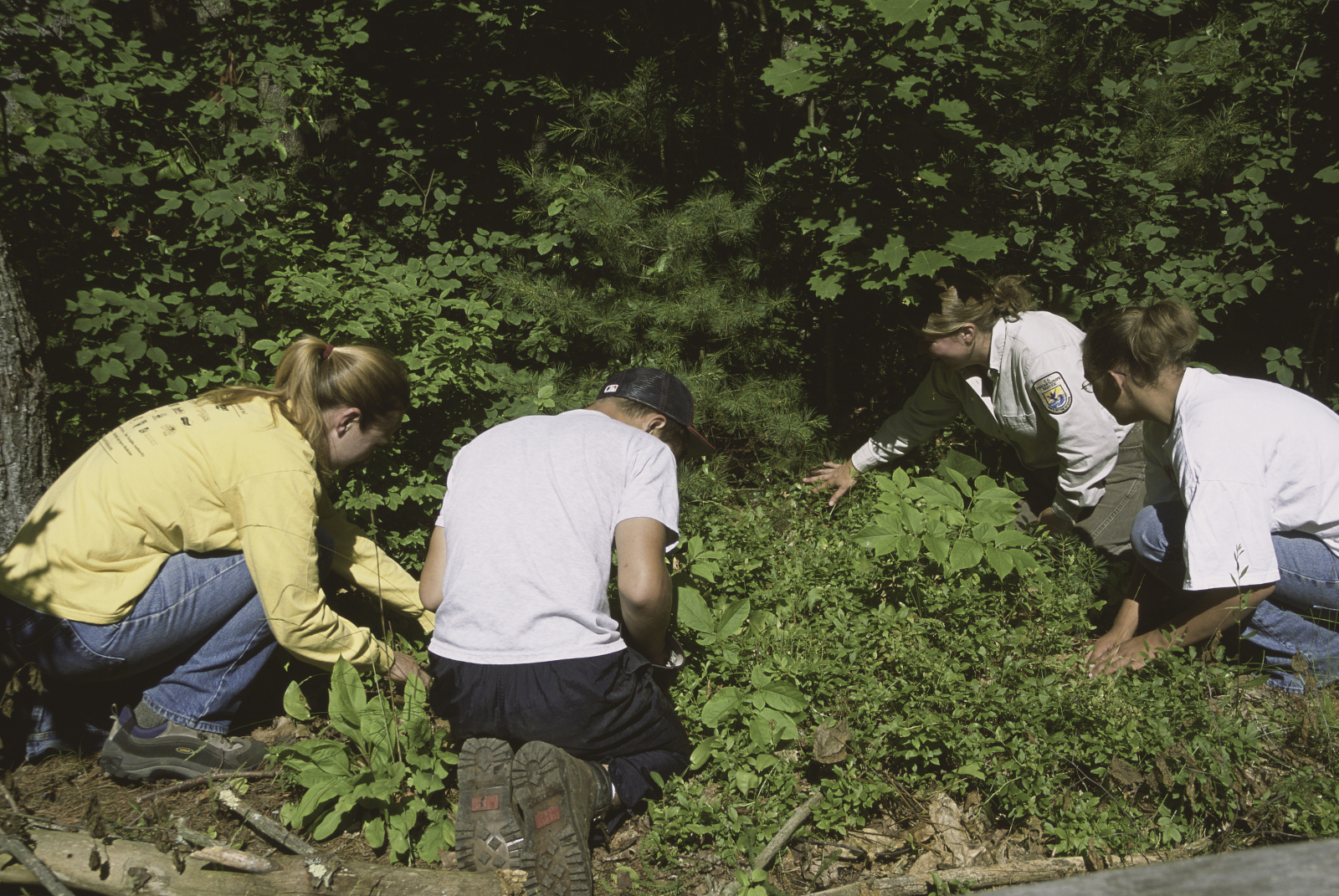
Removal of invasive species, 2004–major focus of 2004 amendments
National Archives Identifier: 166711348
The Endangered Species Act has resulted in some remarkable recoveries. The bald eagle population has rebounded from that low of 417 nesting pairs in 1963 to at least 9,789 nesting pairs in 2007 in the contiguous U.S. At that point, the Fish and Wildlife Service declared them no longer endangered and took them off the endangered list. The most recent estimates from 2018-2019 counted a total of 316,700 individuals, with 71,467 nesting pairs.
Another bird that has benefited greatly from being listed on the Endangered Species list is Kirtland’s Warbler, an individual so rare that few have ever seen it. It inhabits small areas of Wisconsin, the upper peninsula and lower-central area of Michigan, and northeast Ontario, in forest of jack pines, which typically grow in areas that have been cleared by wildfire. The birds forage on the seeds and insects on the ground and then nest in the ground cover. Fire suppression, which destroys the opportunity for the jack pines to grow after larger trees are destroyed, had also destroyed the Kirtland’s warbler’s habitat. Consequently, the population declined to only 167 singing males in 1967.
The warbler was listed on the Endangered Species List, and by dent of many years of painstaking work that involved controlled forest burns, clear-cutting, and seeding of jack pines, the species bounced back to more than 2,300 individuals by 2015. In 2015, it was delisted.
For other species, we still have work to do. The red wolf, considered the most threatened wolf in the world, has been on the endangered list since 1967—there are less than 20 still living in the wild. Franklin’s bumblebee was listed as endangered on September 23, 2021. Florida manatees are listed as endangered, and various species of loggerhead sea turtles are listed as either endangered or threatened.






